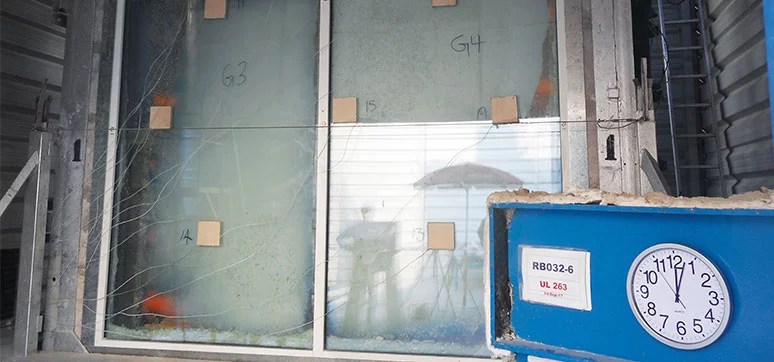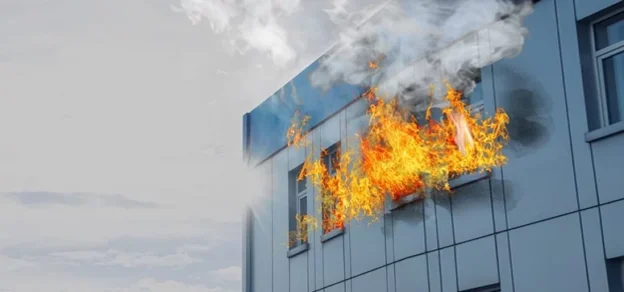In a fast world where urbanization is the only way of improving the growing needs lifestyle and the comfort of the mass population, one cannot disregard the alarming factor of providing a safe environment without compromising the latest evolution of architecture.
Considering the above scenario, we are now using various new materials which were not seen in the past decades. The architecture is evolving at every step and the materials used to realise the architecture should also ensure a safe environment for the people inhabiting the space.
This brings us to the very need of standard testing procedure and certification process in order to ensure the materials that are used in our daily space provides Fire Safety. Building fires are increasing partly because of unregulated use of materials that are not fit for use in a compartment which required to contain or stop fire from spreading further.
To sum up what a fire standard means, Wikipedia more or less nails it!
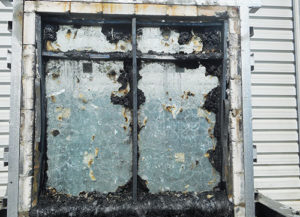
“A fire test is a mean of determining whether fire rated products meet minimum performance criteria as set out in a building code or other applicable legislation. Successful tests in laboratories holding national accreditation for testing and certification result in the issuance of a certification listing. The listing is public domain, whereas the test report itself is proprietary information belonging to the test sponsor.”
In a country like UAE, where over 200 nationalities reside, commute and co-habit, defining the fire resistance test standards for building elements that will best suit the local regulations is quite a difficult task.
However, the UAE life safety code has embraced the challenging task and has devised an approval system which allows manufacturers/ fabricators to test as per the 3 globally accepted and popular standards – British, European and American standards. The latest version of the UAE life safety code acknowledges all three testing standards and the involved classifications as per these standards.
In a market, where the influence of European and American standard based specification is quite commonly seen, there is always a confusion which is the better standard to test to. However, we need to understand that these standards were developed and revised over years, they are based on two different ideologies and each of them have to be respected. The key difference in details involved between the standard itself needs a separate article!
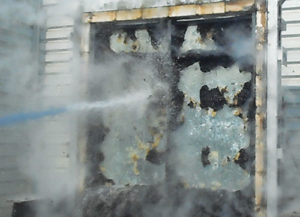
However, to just summarize the key differences between both the standards – furnace temperature conditions are similar, but the pressure conditions are not. The location of the unexposed face thermo-couples (to measure insulation performance) between American and European is significantly different, which makes classifying the performance of the specimen a difficult job as per European standards compared to American standards.
Aside all these factors, the standout difference between the American and European standards is the important non-negotiable “Hose Stream Test”, which is done right after a fire safety test is done as per the American standards. The European standard, however, doesn’t require a hose stream test.
Considering the mix of influence of ideologies involved inside the UAE Life Safety Code, UAE has rather developed a robust system for approving fire rated products, building elements (passive fire protection materials and fire safety systems). Following the trends in the fire rated glazing system over the past few years, we would be inclined to place our opinions over the evolution of procedures involved for approvals of fire rated glazed doors, partitions, floors, etc.
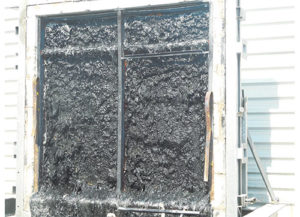
UAE has evolved from a point where approvals were made just on test report evidences to the point where the approval system is based on: the skill of the fabricator and his ability to fabricate, install and qualify his systems for different fire ratings, factory inspections, certification listings for the entire system and the factory in which it is being produced from, labeling of every single system that leaves the factory for installation on a site.
If someone needs a CD approval, one must not only test but also get certified. There is a lot of difference in testing and certification. Testing is done to check whether a system is good enough to resist fire with all its different components achieving the level of protection as required on the standards and codes.
Certification is given to ensure that the tested products/systems are produced from a factory/ fabrication unit which is audited, where quality control procedures are met and the same level of quality products are produced and supplied post testing through periodic factory audits and certification schemes.
All systems/products leaving the facility in which it is being produced must have a unique label that identifies the system under the certification scheme of the certifying body. UAE has approved a list of 50+ testing and certification bodies that are considered competent for testing and certification works for the UAE market.
This is foolproof way of ensuring that what we see on sites is of the same quality and grade that was put forth while testing. UAE has done an excellent job in integrating the different practices seen across the globe and putting together a cohesive approval process to obtain the Civil Defense or CD approval from Emirates.
While UAE has established a strong base for its approval processes, their neighbours are also catching up to the game.
Qatar: To install a fire rated system in Qatar, one must seek for Qatar Civil Defense (QCD) approval. Qatar Civil Defense has a strong approval system where they have also listed qualified international labs/certification bodies that can work for the Qatar market. Qatar Civil Defense insists that certification listing is a must and it should be online traceable.
QCD makes a visit to the online certification portal and checks this before granting a QCD approval. Historical test evidence is acceptable, and the certification body will audit the fabricator facility and provides certification listing for the systems they have test evidences with.
Oman: To install a fire rated system is Oman, one must seek for Royal Oman Police (overROP) approval. Obtaining the ROP approval is not complicated, one requires the test reports and certification which will be reviewed by ROP. However, historic evidences are allowed even for fabricators.
Kuwait: To install a fire rated system in Kuwait, one needs the Kuwait Fire Department approval. Kuwait has a special rule – the testing body and the certification body should be the same. For e.g., if a system is tested in “X” test lab and certification is made by “Y”, then there is a chance that your application will be turned. So, in effect, if the testing body is X, then the certification body should also be the same “X”.
KSA: The local civil defense is working to establish a strong approval system in order to build the approval process like their counterparts, where approvals are centralized and not localized. Currently, a test evidence would prove enough to get the product/ system approved for to be used in a building.
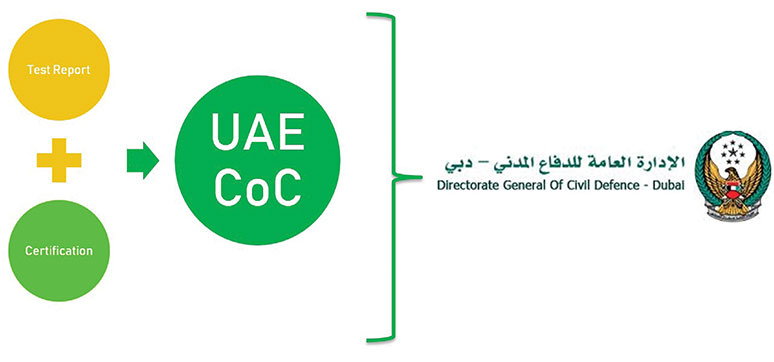
Even though all the local markets have their own certification procedure, there is always room for improvement when it comes to life and fire safety. Materials keep evolving and so the standards and the ways/methods to certify them will also evolve.
In many cases, one overlooked practice is the need to certify the manufacturing/fabrication unit from where components are sourced. This practice will build the system and will ensure that all the components are labeled and the instructions to handle/use them are followed correctly.
For e.g., if we take the case of an everyday building element, we use glazed door at once a day. We have at least 10 different components in glazed doors including: profiles, glass, gaskets, glazing tapes, hinges, locking and movement restriction hardware, perimeter insulation, locking screws, anchor and fasteners, etc.
Every single component used in the door plays a role in keeping up the integrity of the door in the event of fire. Compliance documents need to be ensured by the body in charge for the certification and the approval in order to ensure that the components are manufactured/sourced from an audited facility that ensures quality compliance.
Europe is preparing one another big change in the ways doors are certified. They will be certifying the entire door as product based approaches. This means that a door will now be certified on the basis of product approval standard EN 16034 and doors will be sold as a complete unit including all the components which are certified and covered by EN 16034.
While we are having advancements in the field of technology that are popular for social life, we should also be aware on the advancements that happen around us in order to ensure that we live in a safe environment.
Sustainability and well-being is one of the most discussed and sought after aspects while designing a building. It is also necessary to ensure that all the fire rated systems that are used in the building are tested and certified to the relevant standards and are up to date.
The current rules and regulations in UAE have taken care of all the requirements to ensure that a reliable and sturdy system should be in place in the fire risk areas – exit doors, horizontal exits, lift lobbies, compartmentation, etc., ensuring fire safety in our everyday well-being is a collective responsibility!
Co – Author : Vignesh Aadhithya
Technical Engineer, Vetrotech India,
The Middle East & Asia, Saint Gobain
